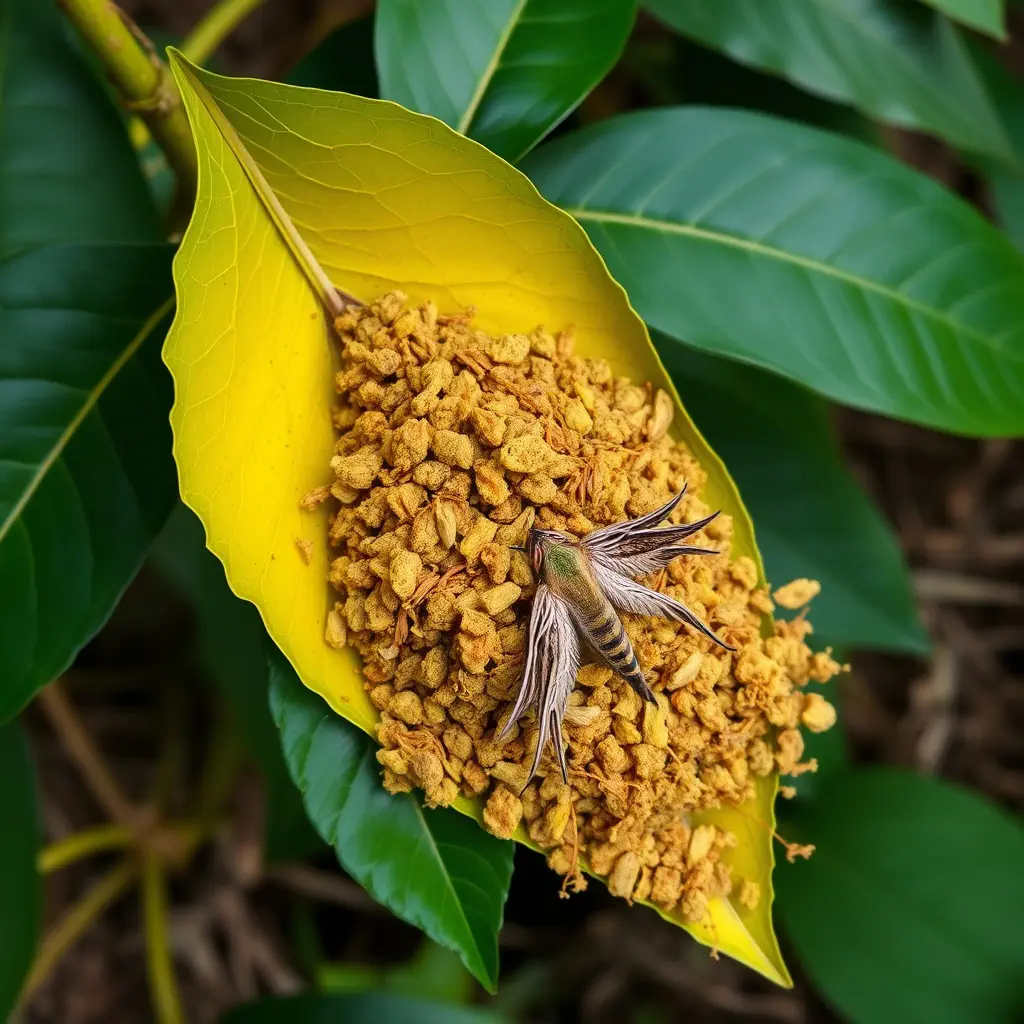Kratom, sourced from the Mitragyna speciosa tree's leaves, is gaining attention for its potential role in enhancing athletic performance through its alkaloids like mitraphylline and 7-hydroxymitragynine. These compounds may affect endurance, stamina, and recovery, attracting athletes who aim to optimize their training and post-exercise healing. When using kratom for this purpose, selecting the appropriate strain and dosage is crucial, with strains like Maeng Da and White Vein Thai often chosen for their stimulating effects. It's imperative for athletes to be aware of the legal status of kratom, which varies by region and must align with sports governing bodies' regulations. Kratom shopping requires careful selection to ensure product purity and efficacy, demanding diligence in choosing suppliers that offer third-party lab results confirming their alkaloid content and lack of contaminants to avoid disqualification and health risks. Safety is paramount, necessitating an understanding of different strains' effects and starting with a low dosage to assess personal sensitivity. Athletes should monitor the kratom's impact on their performance and body responses for safe and effective use. By purchasing from reputable sources and adhering to legal guidelines, athletes can responsibly incorporate kratom into their training routines, potentially improving athletic performance while staying within sporting regulations. Always consider individual sensitivity, sport-specific needs, potential interactions with other substances, and maintain open communication with coaches and medical personnel when using kratom.
explore the role of kratom in athletic performance enhancement, delving into its potential benefits and considerations for safe and effective use. This article provides a comprehensive guide on kratom shopping tailored for athletes seeking to optimize their sporting potential through strategic strain selection and precise dosage adherence. From understanding the nuances of kratom’s effects to implementing informed purchasing decisions, readers will gain valuable insights into leveraging this botanical supplement responsibly within an athletic context.
- Understanding Kratom and Its Role in Athletic Performance Enhancement
- Essential Factors to Consider When Engaging in Kratom Shopping for Athletes
- Maximizing Athletic Potential with the Right Kratom Strain Selection and Dosage Guidelines
Understanding Kratom and Its Role in Athletic Performance Enhancement

Kratom, a botanical derivative from the leaves of Mitragyna speciosa, has garnered attention in various circles, including athletic performance enhancement. This natural substance is traditionally found in Southeast Asia and is known for its diverse effects on the body, primarily due to its alkaloid composition, which includes mitraphylline and 7-hydroxymitragynine. When considering kratom for athletic performance support, it’s crucial to approach kratom shopping with care. The right strain and dosage can influence an athlete’s endurance, stamina, and even post-exercise recovery by potentially modulating pain sensitivity and mood. Strains such as Maeng Da or White Vein Thai are often sought after for their stimulant properties, which may help athletes to push through intense training sessions. However, it’s important to note that the regulatory status of kratom varies across regions, and its use in athletic competition should be aligned with the governing body’s regulations. Athletes looking to incorporate kratom into their performance regimen must source it responsibly, ensuring purity and potency for optimal effects. With a growing body of anecdotal evidence and ongoing research, kratom continues to be a topic of interest in the realm of sports science and performance enhancement, offering a potential alternative to synthetic stimulants for those seeking natural methods to augment their athletic endeavors.
Essential Factors to Consider When Engaging in Kratom Shopping for Athletes

When athletes turn to kratom for performance support, it’s crucial to approach kratom shopping with a discerning eye. The purity and potency of kratom products can vary significantly between vendors, making due diligence essential in the selection process. Athletes should prioritize reputable suppliers who offer third-party lab test results for their kratom products. These tests confirm the alkaloid content and ensure the product is free from contaminants that could lead to disqualification or health issues. Additionally, athletes must consider the legal status of kratom in their jurisdiction as it varies by region and can affect both the legality of its use and availability.
Safety should be a top concern during kratom shopping. Athletes should be aware of the various strains available—such as Maeng Da, Bali, and Indo—and understand how each may affect their performance. Strain differences can influence energy levels, pain management, focus, and recovery. It’s also important to start with a low dose to assess individual sensitivity and avoid unintended performance impacts. Regular monitoring of both the kratom’s effects and one’s body’s response is key. By making informed decisions and purchasing from trustworthy sources, athletes can responsibly incorporate kratom into their regimen, potentially enhancing their athletic performance while maintaining compliance with sporting regulations.
Maximizing Athletic Potential with the Right Kratom Strain Selection and Dosage Guidelines

When incorporating kratom into an athletic regimen for performance enhancement, selecting the appropriate strain is paramount. Kratom, a plant native to Southeast Asia, contains alkaloids that can influence energy levels, pain perception, and endurance. For athletes seeking to maximize their potential, strains rich in mitragynine, such as the White Vein or Green Vein varieties, are often favored for their invigorating effects that may increase stamina and mental focus without causing sedation. Conversely, Red Vein kratom is known for its calming properties, which can be beneficial for athletes looking to manage recovery and pain after intense training sessions. It’s essential to consider individual sensitivity and the specific demands of the sport when selecting a strain. Kratom shopping requires careful thought about the desired effects, as well as adherence to legal regulations in one’s jurisdiction.
Once the ideal kratom strain is identified, understanding dosage guidelines is crucial for safe and effective use. Dosages can vary widely based on factors such as body weight, metabolism, and tolerance. A general starting point for most users is a small to moderate dose of 2-5 grams. However, experienced users may adjust this range upwards, with caution and respect for the substance’s potency. It’s important to monitor one’s response to kratom and consult with healthcare professionals or a knowledgeable herbalist when determining the right dosage. Athletes should also be aware that kratom can interact with other substances and medications, so it’s essential to maintain transparency with coaches and medical staff regarding its use. Proper dosing ensures that athletes can harness the potential benefits of kratom without risking adverse effects or breaching performance regulations. Kratom shopping should always be informed and responsible, prioritizing quality, purity, and legality to support an athlete’s pursuit of excellence.
In conclusion, kratom has emerged as a multifaceted supplement in the realm of athletic performance enhancement. By understanding its complex effects and adhering to critical factors during kratom shopping for athletes, individuals can strategically select the appropriate strain and dosage to optimize their athletic potential. It is imperative to approach the use of kratom with caution, respecting its potency and the nuances that influence its impact. As such, responsible integration into an athlete’s regimen, coupled with guidance from healthcare professionals, can offer a promising avenue for performance support. Proper strain selection and dosage guidelines are key to harnessing kratom’s benefits while ensuring safety and compliance with athletic regulations. With careful consideration and informed use, athletes can explore the potential of kratom as part of their holistic training and recovery approach.






